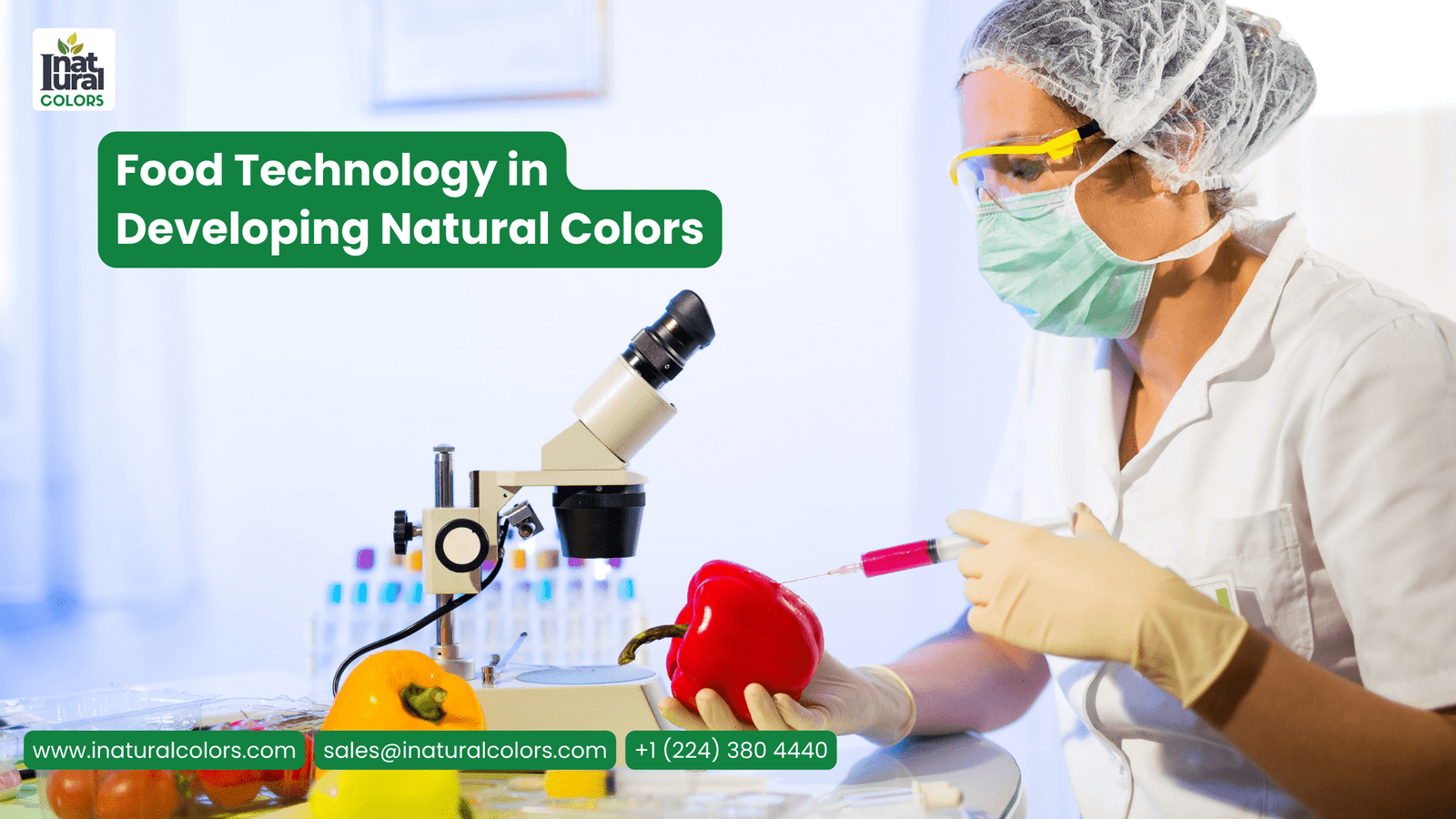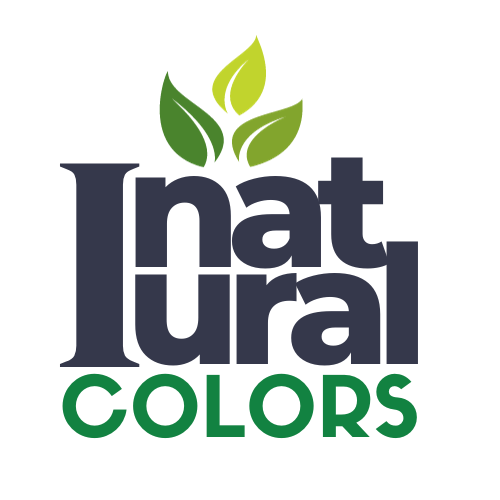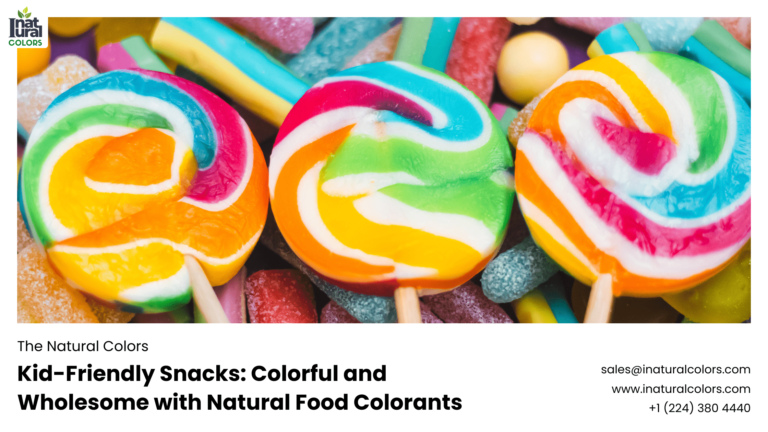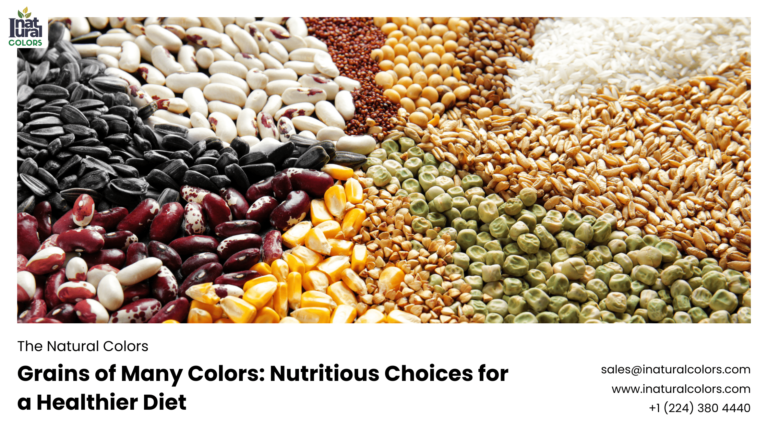Beautiful Plants For Your Interior

In the rapidly evolving world of food production, the demand for natural ingredients has seen an exponential rise. Consumers today are more health-conscious and increasingly wary of synthetic additives in their diets. This shift has propelled the food industry to explore and innovate within the realm of natural colorants. Food technology plays a crucial role in developing natural colors, ensuring they are safe, vibrant, and stable enough to meet industry standards. Companies like iNatural Colors are at the forefront of this movement, leveraging advanced food technology to create high-quality natural color solutions for a variety of applications.
The Growing Demand for Natural Colors
The global food colors market is projected to reach $5.12 billion by 2025, with natural colors expected to occupy a significant share of this market. This growth is driven by increasing consumer preference for clean-label products, which are free from artificial additives and preservatives. Natural colors, derived from fruits, vegetables, and other plant sources, are perceived as safer and healthier alternatives to synthetic dyes, which have been linked to health concerns such as allergies and hyperactivity in children.
Challenges in Developing Natural Colors
While the benefits of natural colors are clear, developing them poses several challenges. Natural colorants can be unstable, susceptible to variations in pH, temperature, and light. They also tend to have a shorter shelf life compared to synthetic dyes. Moreover, achieving the same vibrancy and consistency as artificial colors can be difficult. This is where food technology becomes indispensable.
Food Technology Innovations in Natural Colors
Extraction Techniques
Modern food technology has revolutionized the extraction processes of natural pigments. Techniques such as supercritical fluid extraction, ultrasound-assisted extraction, and enzyme-assisted extraction enhance yield and purity while minimizing the use of harmful solvents. For instance, supercritical fluid extraction uses CO2 under high pressure to extract pigments, resulting in a cleaner and more efficient process.
Stabilization Methods
Stabilizing natural colors is critical to maintaining their effectiveness in food products. Advances in encapsulation technology, such as microencapsulation and nanoencapsulation, protect colorants from environmental factors. Encapsulation involves coating the pigment particles with a protective layer, which can prevent degradation and enhance stability. Techniques like spray drying and freeze-drying are commonly used to achieve this.
Fermentation and Biotechnology
Biotechnology and fermentation processes are emerging as innovative solutions for producing natural colors. These methods involve using microorganisms to produce pigments. For example, fungi and bacteria can be engineered to produce carotenoids, anthocyanins, and other valuable pigments. These biotechnological advancements offer a sustainable and scalable alternative to traditional extraction methods.
Applications of Natural Colors in the Food Industry
Beverages
Natural colors are widely used in beverages, ranging from soft drinks to alcoholic beverages. For instance, anthocyanins derived from berries provide vibrant reds and blues, while turmeric and saffron extracts offer rich yellows. Beverage manufacturers must consider factors such as pH and light exposure, which can affect color stability. Advances in food technology help in formulating beverages that maintain their visual appeal over time.
Confectionery
In confectionery products, the visual appeal is paramount. Natural colors like beetroot red, spirulina blue, and paprika extract are popular choices. Ensuring these colors remain stable during processing, storage, and consumption is crucial. Encapsulation techniques and the use of antioxidants to protect natural pigments from oxidation are essential strategies in this segment.
Dairy Products
Dairy products, including yogurts and flavored milks, often incorporate natural colors to enhance their visual appeal. Carotenoids such as beta-carotene and annatto are commonly used. Food technology advancements ensure that these colors remain stable in the acidic and high-fat environments typical of dairy products.
Bakery and Snacks
In the bakery and snacks sector, natural colors face challenges related to heat and pH variations during baking and frying processes. Annatto, paprika, and caramel color are widely used in these products. Advanced stabilization techniques, such as the use of emulsifiers and protective coatings, help maintain color integrity throughout processing.
Regulatory Landscape and Safety
The safety and regulatory compliance of natural colors are paramount. Regulatory bodies like the FDA and EFSA have stringent guidelines for the use of food colorants. Food technology aids in ensuring that natural colors meet these standards, from extraction to final product formulation. Analytical techniques such as high-performance liquid chromatography (HPLC) and mass spectrometry are used to ensure purity and safety.
Sustainability and Environmental Impact
The production of natural colors also aligns with the growing emphasis on sustainability. Traditional synthetic dye production often involves petrochemical processes, which are environmentally harmful. In contrast, natural colors derived from renewable plant sources have a lower environmental footprint. Food technology innovations, such as biotechnology and fermentation, further enhance sustainability by reducing the reliance on agricultural land and water resources.
Future Trends and Innovations
The future of natural colors in the food industry looks promising, with ongoing research and development focused on overcoming current limitations. Innovations in genetic engineering, for instance, hold the potential to produce custom-designed pigments with enhanced stability and color properties. Additionally, advancements in artificial intelligence and machine learning can optimize the formulation and application of natural colors, ensuring consistent quality and performance.
The Role of iNatural Colors in the Industry
iNatural Colors is a leader in the development and supply of natural color solutions. By leveraging state-of-the-art food technology, iNatural Colors offers a wide range of stable, vibrant, and safe natural colorants for various food applications. Their commitment to innovation and sustainability positions them as a key player in meeting the evolving demands of the food industry.
Conclusion
The role of food technology in developing natural colors is multifaceted, encompassing advanced extraction methods, stabilization techniques, and sustainable production processes. As consumer demand for clean-label and natural products continues to grow, the importance of natural colors in the food industry will only increase. Companies like iNatural Colors are at the forefront of this movement, providing innovative solutions that meet both consumer preferences and regulatory standards. Through ongoing research and technological advancements, the future of natural colors looks bright and vibrant, promising a healthier and more sustainable food industry.



